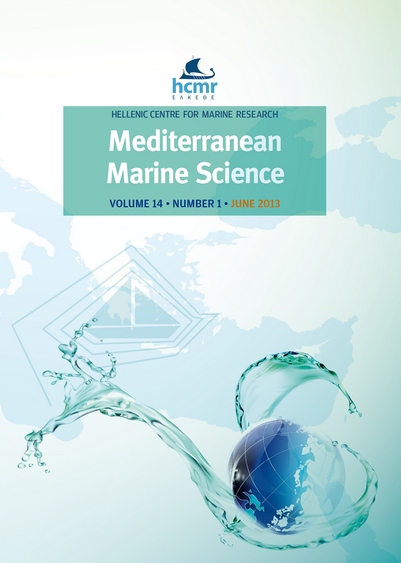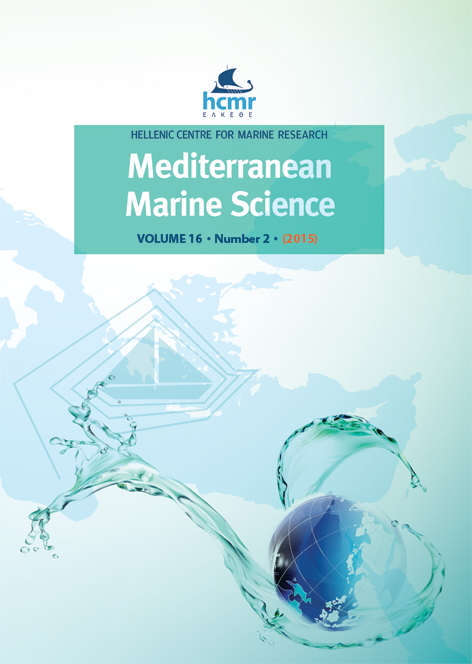Biochemical and fatty acid composition of Arca noae (Bivalvia: Arcidae) from the Mali Ston Bay, Adriatic Sea
Abstract
Biochemical and fatty acid composition of the bivalve Arca noae were investigated in the Mali Ston Bay in relation to environmental conditions. Sampling was carried out monthly, from December 2001 to November 2002. Wet shellfish meat consists on average of 77.61% water and 22.39% dry matter, while dry shellfish meat consists on average of 89.04% organic and 10.96% inorganic matter. PCA analysis identified temperature, nitrate, silicate, MICRO, Chl a and salinity as the most important environmental factors influencing biochemical composition of A. noae. An increase of dry weight content of A. noae was observed during the spring when both the sea temperature and food supply increased rapidly. Contents of protein (54.39-62.06% of dry weight), carbohydrate (4.13-8.07% of dry weight) and lipid (3.46-8.58% of dry weight) varied significantly during the year. Protein and lipid level reached the maximum value in June. The fatty acid profiles of total lipids extracted from A. noae showed high level of unsaturation (UNS/SAT 1.9-3.4). Total polyunsaturated fatty acids (PUFA) represented the majority of total fatty acids (40.3-59.9% of total fatty acids) and the most abundant were eicosapentaenoic (20:5n-3) and docosahexaenoic (22:6n-3) acid. n-3/n-6 PUFA ratio value varied between 2.1 and 5.0 and was the highest during the spring (April to June). Due to their low lipid and high percentages of healthy polyunsaturated fatty acids A. noae can be evaluated as a quality seafood product. The most suitable period of the year for its consumption is in the spring when it reaches its highest nutritional values.
Article Details
- Zitationsvorschlag
-
DUPCIC RADIC, I., CARIĆ, M., NAJDEK, M., JASPRICA, N., BOLOTIN, J., PEHARDA, M., & BRATOŠ CETINIĆ, A. (2014). Biochemical and fatty acid composition of Arca noae (Bivalvia: Arcidae) from the Mali Ston Bay, Adriatic Sea. Mediterranean Marine Science, 15(3), 520–531. https://doi.org/10.12681/mms.436
- Ausgabe
- Vol 15, No 3 (2014)
- Rubrik
- Research Article
Authors who publish with this journal agree to the following terms:
- Authors retain copyright and grant the journal right of first publication with the work simultaneously licensed under a Creative Commons Attribution Non-Commercial License that allows others to share the work with an acknowledgement of the work's authorship and initial publication in this journal.
- Authors are able to enter into separate, additional contractual arrangements for the non-exclusive distribution of the journal's published version of the work (e.g. post it to an institutional repository or publish it in a book), with an acknowledgement of its initial publication in this journal.
- Authors are permitted and encouraged to post their work online (preferably in institutional repositories or on their website) prior to and during the submission process, as it can lead to productive exchanges, as well as earlier and greater citation of published work (See The Effect of Open Access).







